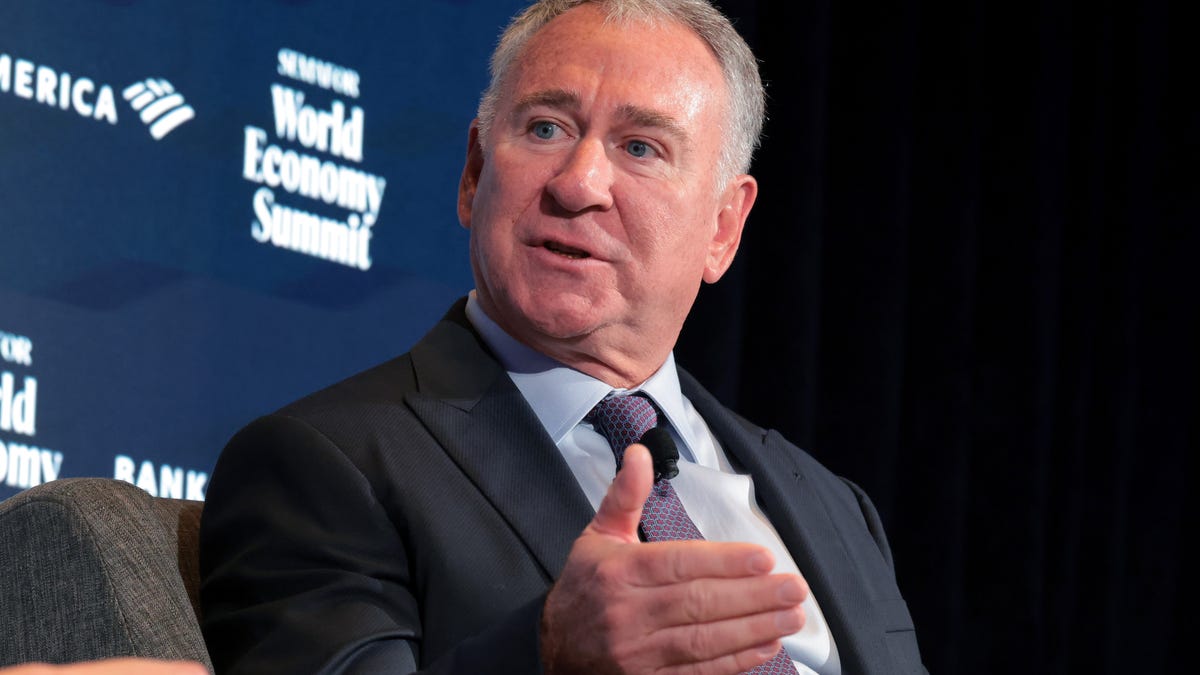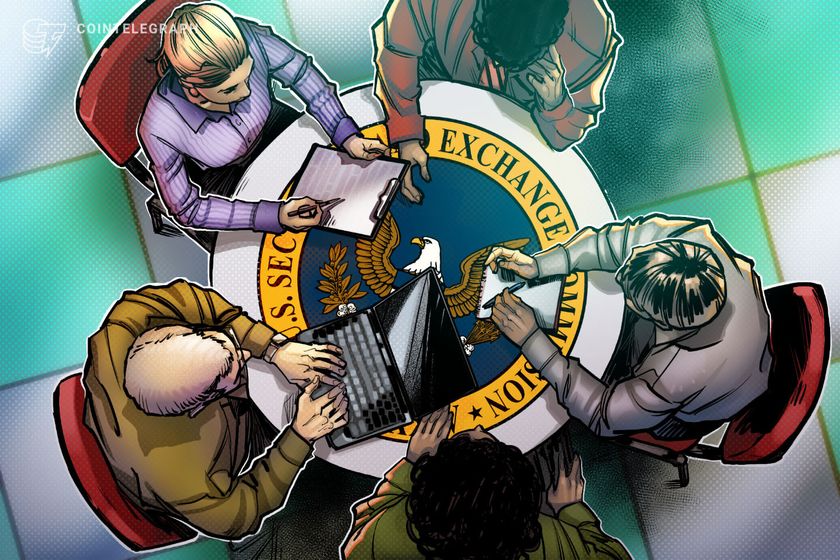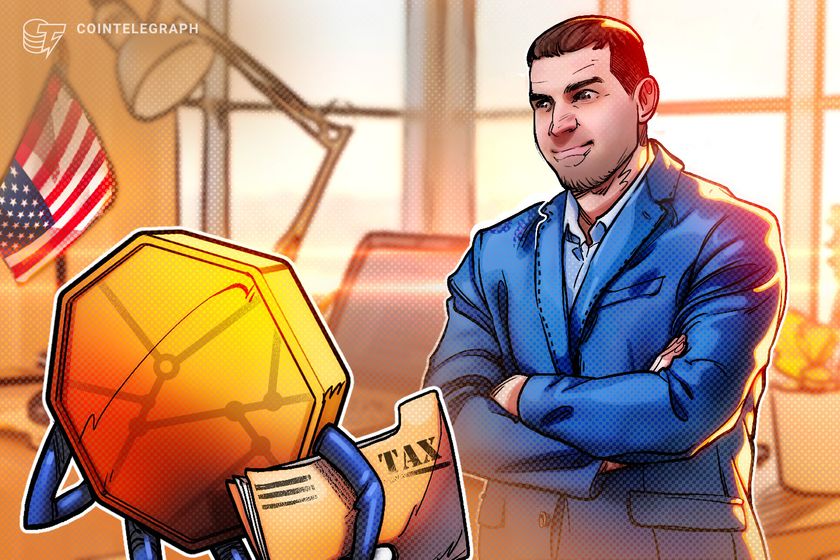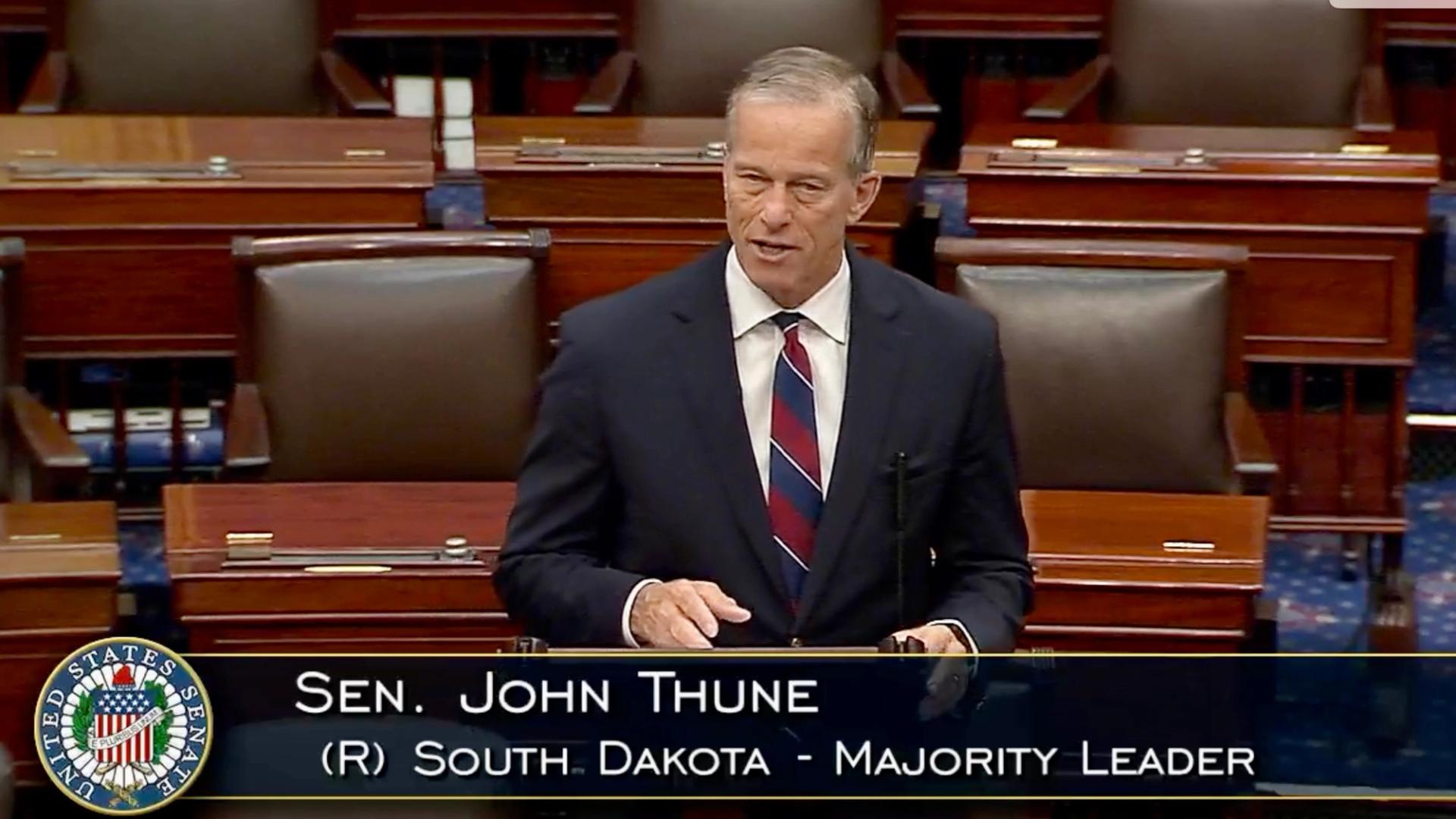This is how leaders can turn employee activism into opportunities
Many leaders view employee activism as a disruption or threat. They see it as something to contain, avoid, or manage behind closed doors. This perception isn’t surprising because activism challenges established hierarchies, questions the status quo, and introduces unpredictability into organizational life. Yet a 2007 study has shown that employees who feel heard are more engaged, innovative, and committed to their organization’s success. In contrast, when employees feel ignored or dismissed, trust and morale decline, and disengagement is likely to set in. Activism is one form of voice, and is often the last resort when other channels have failed. The business case for listening The rise of social media has heightened concerns. Employees can bypass internal channels and take their concerns public, often in real-time. This new visibility amplifies reputational risk and fuels executive fears of losing control over the narrative. Leaders worry about backlash from customers, investors, and regulators or the derailment of strategic priorities. What executives need to consider is that activism can actually be an early warning of cultural misalignment or emerging ethical tension. When leaders reframe activism as a potential strategic insight rather than a threat, they can uncover the opportunities it offers. For example, McKinsey’s research notes that organizations with high psychological safety, where people feel safe speaking up, are more likely to innovate, adapt to change, and outperform peers. How to avoid common pitfalls Leaders often make the mistake of trying to silence or sideline dissent. This can take the form of tightening communication protocols, minimizing concerns, or casting vocal employees as disloyal or disruptive. These tactics might quiet the noise temporarily, but they rarely address the underlying issues. More often, they damage credibility, erode psychological safety, and drive dissent underground—only for it to reemerge later (likely louder and more polarized). Another common misstep is failing to address the gap between stated values and lived experience. Activism often arises when employees perceive an inconsistency. This is when what the organization claims to stand for doesn’t match what it does in practice. To maintain credibility, leaders need to assess how policies, behaviors, and decisions align with the organization’s purpose on a regular basis. From dissent to dialogue: constructive responses To harness the insight, leaders need to respond thoughtfully and proactively. This begins by shifting from a defensive stance to one of curiosity and engagement. The following strategies can help: 1. Create safe, structured channels for discussion Before concerns surface on social media or in the press, employees should have clear, accessible ways to raise them internally. For example, town halls, anonymous feedback tools, or dedicated dialogue sessions. What matters most is that these forums are genuine, not tick-box exercises. When employees see that companies listen to their input, trust grows. 2. Lead with curiosity, not defensiveness When dissent arises, leaders often default to protecting the status quo or minimizing the issue. This instinct can escalate the conflict. Instead, leaders should ask: What are they really saying? Why now? What values or expectations are at stake? Constructive conversations start with a willingness to listen and understand—even when the message is uncomfortable to hear. 3. Cocreate solutions Where appropriate, involve employees in shaping the response. This collaborative approach builds shared ownership, improves solution quality, and signals a more inclusive, modern leadership style. It also helps move the conversation from complaint to commitment. Build leadership capability Engaging constructively with activism requires skill. Many leaders aren’t trained to manage dissent. Emotional intelligence, empathy, and influence are critical—but often underdeveloped—competencies. Investing in leadership development that strengthens these skills can help managers respond with confidence and care rather than fear or force. As Daniel Goleman advises, emotionally intelligent leaders can better navigate tension, build trust, and foster inclusive cultures. They recognize the value of differing perspectives and can engage in difficult conversations without becoming defensive. From risk to resilience In today’s complex and connected workplace, silence isn’t a sign of harmony—it may be a sign of disengagement. Vocal employees, by contrast, are often deeply committed to the organization’s mission and future. They speak up because they care. Leaders who recognize this have an opportunity to lead differently—more openly, courageously, and effectively. Reframing activism as a source of insight rather than a reputational risk allows leaders to strengthen not just company culture but strategy. Listening well, respond

Many leaders view employee activism as a disruption or threat. They see it as something to contain, avoid, or manage behind closed doors. This perception isn’t surprising because activism challenges established hierarchies, questions the status quo, and introduces unpredictability into organizational life. Yet a 2007 study has shown that employees who feel heard are more engaged, innovative, and committed to their organization’s success.
In contrast, when employees feel ignored or dismissed, trust and morale decline, and disengagement is likely to set in. Activism is one form of voice, and is often the last resort when other channels have failed.
The business case for listening
The rise of social media has heightened concerns. Employees can bypass internal channels and take their concerns public, often in real-time. This new visibility amplifies reputational risk and fuels executive fears of losing control over the narrative. Leaders worry about backlash from customers, investors, and regulators or the derailment of strategic priorities.
What executives need to consider is that activism can actually be an early warning of cultural misalignment or emerging ethical tension. When leaders reframe activism as a potential strategic insight rather than a threat, they can uncover the opportunities it offers.
For example, McKinsey’s research notes that organizations with high psychological safety, where people feel safe speaking up, are more likely to innovate, adapt to change, and outperform peers.
How to avoid common pitfalls
Leaders often make the mistake of trying to silence or sideline dissent. This can take the form of tightening communication protocols, minimizing concerns, or casting vocal employees as disloyal or disruptive. These tactics might quiet the noise temporarily, but they rarely address the underlying issues. More often, they damage credibility, erode psychological safety, and drive dissent underground—only for it to reemerge later (likely louder and more polarized).
Another common misstep is failing to address the gap between stated values and lived experience. Activism often arises when employees perceive an inconsistency. This is when what the organization claims to stand for doesn’t match what it does in practice. To maintain credibility, leaders need to assess how policies, behaviors, and decisions align with the organization’s purpose on a regular basis.
From dissent to dialogue: constructive responses
To harness the insight, leaders need to respond thoughtfully and proactively. This begins by shifting from a defensive stance to one of curiosity and engagement. The following strategies can help:
1. Create safe, structured channels for discussion
Before concerns surface on social media or in the press, employees should have clear, accessible ways to raise them internally. For example, town halls, anonymous feedback tools, or dedicated dialogue sessions. What matters most is that these forums are genuine, not tick-box exercises. When employees see that companies listen to their input, trust grows.
2. Lead with curiosity, not defensiveness
When dissent arises, leaders often default to protecting the status quo or minimizing the issue. This instinct can escalate the conflict.
Instead, leaders should ask: What are they really saying? Why now? What values or expectations are at stake? Constructive conversations start with a willingness to listen and understand—even when the message is uncomfortable to hear.
3. Cocreate solutions
Where appropriate, involve employees in shaping the response. This collaborative approach builds shared ownership, improves solution quality, and signals a more inclusive, modern leadership style. It also helps move the conversation from complaint to commitment.
Build leadership capability
Engaging constructively with activism requires skill. Many leaders aren’t trained to manage dissent. Emotional intelligence, empathy, and influence are critical—but often underdeveloped—competencies. Investing in leadership development that strengthens these skills can help managers respond with confidence and care rather than fear or force. As Daniel Goleman advises, emotionally intelligent leaders can better navigate tension, build trust, and foster inclusive cultures. They recognize the value of differing perspectives and can engage in difficult conversations without becoming defensive.
From risk to resilience
In today’s complex and connected workplace, silence isn’t a sign of harmony—it may be a sign of disengagement. Vocal employees, by contrast, are often deeply committed to the organization’s mission and future. They speak up because they care.
Leaders who recognize this have an opportunity to lead differently—more openly, courageously, and effectively. Reframing activism as a source of insight rather than a reputational risk allows leaders to strengthen not just company culture but strategy. Listening well, responding transparently, and acting with integrity are the pathways to progress.
When organizations respond to dissent with defensiveness, they fuel division. When they respond with curiosity and courage, they build the foundations for long-term trust, innovation, and shared success.


























































































































































































